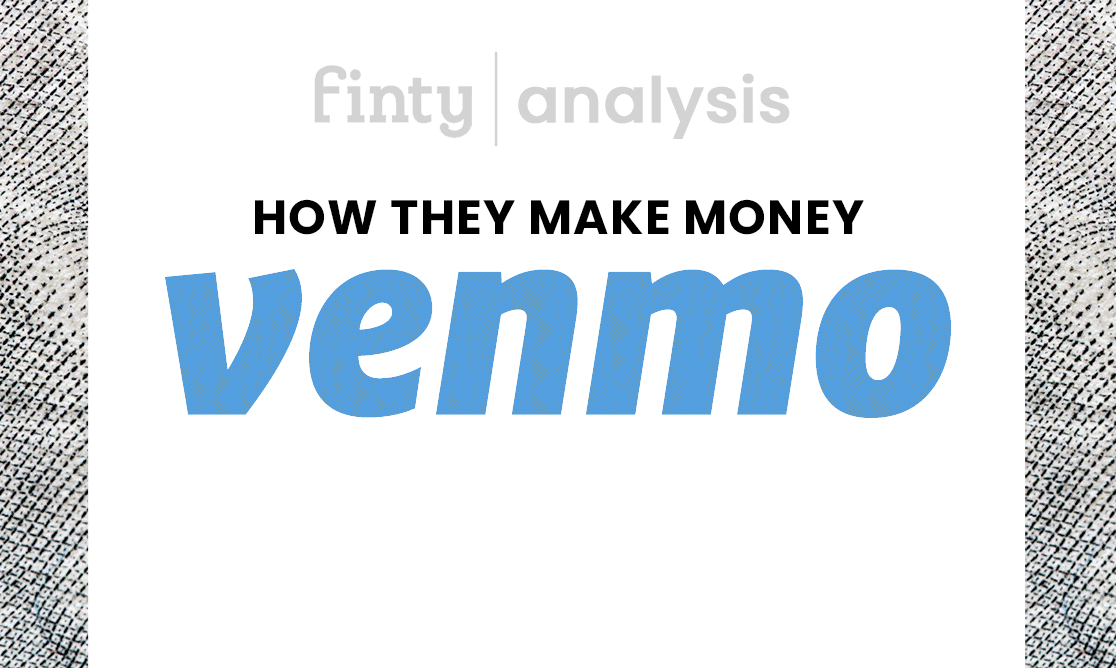Venmo, a popular peer-to-peer payment platform, has become an integral part of modern digital finance, making it easy for individuals to send and receive money seamlessly. While the service offers convenience to users, you might wonder how Venmo generates revenue to sustain its operations and provide ongoing enhancements. In this article, we’ll explore the revenue model of how does venmo make money, shedding light on the mechanisms that allow the platform to thrive.
Transaction Fees
Contents
One of the primary ways Venmo generates revenue is through transaction fees. While many basic peer-to-peer transactions are free, certain transactions come with fees:
- Instant Transfers: Venmo offers users the option to transfer funds from their Venmo balance to a linked bank account or debit card instantly. This service is not free and typically incurs a fee, which is often a percentage of the transfer amount with a minimum fee.
- Credit Card Payments: Sending money to someone using a credit card usually involves a fee. Venmo charges a fee for processing credit card transactions, which is often around 3% of the transaction amount.
- Business Transactions: Venmo is exploring options for business profiles and services. As part of their monetization strategy, they may introduce fees for business-related transactions or premium features targeted at businesses.
Partnerships and Business Solutions
Venmo leverages partnerships and collaborations to expand its revenue streams:
- Merchants and Businesses: Venmo is exploring partnerships with merchants and businesses, allowing them to accept payments through the platform. This opens up opportunities for businesses to tap into Venmo’s user base and offer convenient payment options.
- Integration with Other Platforms: Venmo collaborates with various e-commerce and online platforms to provide users with the ability to make payments directly within these platforms. These integrations may involve revenue-sharing agreements.
Monetizing Data and Insights
As part of the PayPal ecosystem, Venmo contributes to the data and insights that PayPal can leverage for various purposes:
- Data Analysis: The data generated from Venmo transactions can be analyzed to understand user spending habits, trends, and behaviors. This data can be valuable for targeted marketing and business intelligence.
- Personalized Offers and Recommendations: Based on transaction data, Venmo and PayPal can provide users with personalized offers, discounts, and recommendations from partnering merchants, creating a potential revenue stream through affiliate partnerships.
Future Innovations and Services
As Venmo continues to evolve, it may introduce new premium features, subscription services, or innovative financial products that users can opt into for a fee. These offerings could enhance the user experience and provide additional value while generating revenue for the platform.
Venmo’s revenue model is multifaceted, with transaction fees, partnerships, data monetization, and potential future offerings contributing to its financial sustainability. While many peer-to-peer transactions remain free, Venmo strategically introduces fees for certain premium services, enabling the platform to provide innovative solutions and maintain its position as a leader in the digital payment space.
